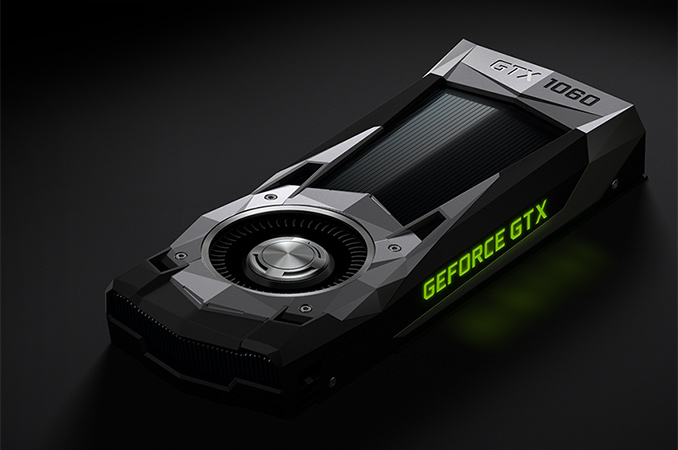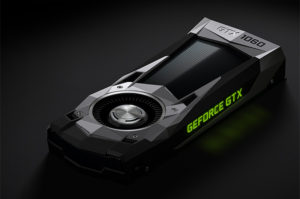Best Graphics Cards That Won’t Break The Bank in 2018
Some may say that choosing the best graphics card is the most essential part of building a new PC. Compared to choosing a CPU, it requires significantly more evaluation. It will determine if your PC is strong enough to handle demanding gaming or easily stream 4K video. GPUs are not quite as future proof as processors. They may require an upgrade every 2-3 years whereas processors can go for a considerable length of time without an overhaul,
Thankfully, a new GPU is an easy upgrade to give your gaming PC a significant lift in power. Regardless of whether you’re searching for higher framerates in your games, or you are bumping up to a higher resolution monitor, a GPU upgrade will be the best bet to go with.
This year, Nvidia has released its strongest line of Pascal-based GPUs, and the Radeon RX Vega brings AMD back into the ring to fight for the crown. The great new is that the best GPUs aren’t really the most costly any longer. The ones on our list below are excellent cards that won’t break the bank. So whether you are on Team Nvidia or Team AMD, we’ve laid out the best graphics cards to upgrade to going into 2018!
GeForce GTX 1060 3GB
Choosing the best GPU is tied to finding the best value for your money. In that regard, the Nvidia’s GeForce GTX 1060 is unparalleled with regards to value for the money. For a fair price, this graphics card easily runs games in full HD 1080p and – with a touch of overclocking – 1440p and even 4K gaming. However, if you are looking to double up for double the power you will have to look elsewhere as the GTX 1060 doesn’t does NOT support SLI, so you’re restricted to only one card.
Nvidia GeForce GTX 1050
At first sight, the Nvidia GTX 1050 may not turn heads. It only has just 2GB of memory available, however this easily affordable GPU plays games better than you may think. If you are able to swallow your PC Master Race pride and drop settings to medium, you can play Overwatch, CS:GO and other competative shooters well above the coveted 60fps mark. It’s also the perfect size for smaller cases and compact streaming PCs.
Nvidia GeForce GTX 1050 Ti
In regards to eSports, frame rates > graphics. This is the place the Nvidia GTX 1050 Ti makes its mark. It’s a reasonably priced, yet powerful graphics card that can play most eSports games well above 60fps. It’s a tad more costly than the Nvidia GTX 1050 above, however if you’re looking for a little larger boost, you will welcome extra power this card brings to the table.
AMD Radeon RX 560
As stock of AMD’s Radeon RX 460 becomes scarce, the Radeon RX 560 slides into its position as a convincing swap for HD gaming. However, this current card’s cost is creeping higher. You will have to drop ~$130 for the more popular models.
On the bright side, this means in increase in performance. The Radeon RX 460 had 896 shaders, 56 texture units, and a 1090 MHz base clock rate, RX 560 brings 1024 shaders, 64 texture units, and a 1175 MHz base clock rate.
Power utilization increases a bit, but it is a small price to pay for a step up in performance.
We are calling the RX 560 an great choice for 720p and e-sports gaming, However, there is a good chance that this board will deliver reasonable 1080p performance as well.
AMD Radeon RX 580 4GB
AMD’s Radeon RX 580 sports the same Polaris 10 GPU as its predecessor, the RX 480. Higher clock rates are able to bump up performance a bit, however, while a third memory state brings power consumption down in multi-screen setups and video playback.
Radeon RX 580 tends to beat the GeForce GTX 1060 in benchmarks. For maximized detail settings at 1920×1080 and strong frame rates at 2560×1440, AMD’s Radeon RX 580 gets two thumbs up.
Nvidia GeForce GTX 1080
All of the cards in the round up so far can be found for sub $300, but we all like to look items that may be a little out of our price range that maybe we are willing to splurge on. With that, we bring you the GeForce GTX 1080.
The GP104-based GTX 1080 employs 2560 CUDA cores, 160 texture units, and 8GB of GDDR5X memory, and an 1822MHz clock speed allowing it to run a 7680×4320 resolution display. It does require a 500W power supply in order to run, so that it something to keep in mind before you pull the triger.

